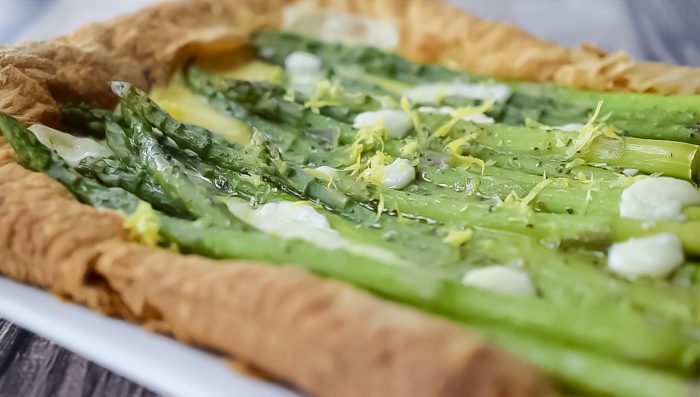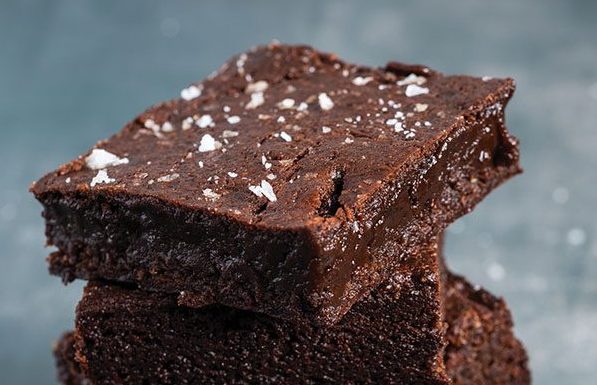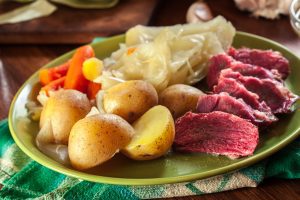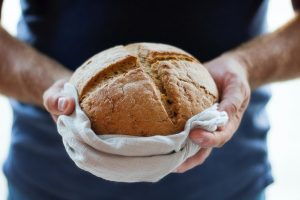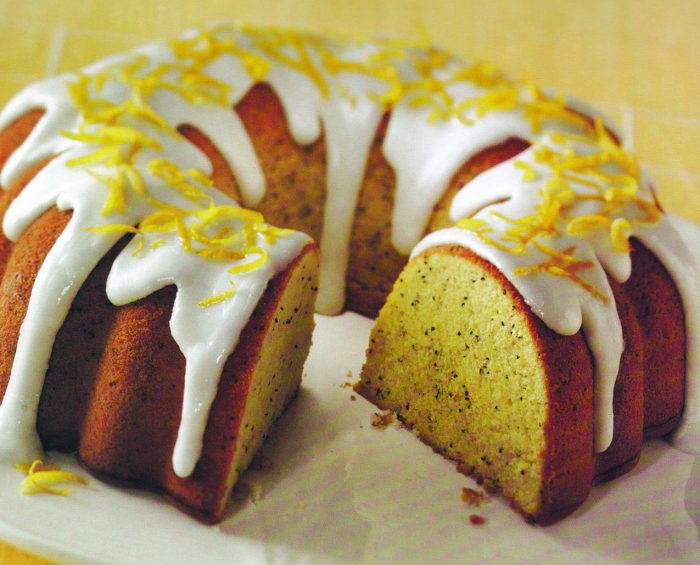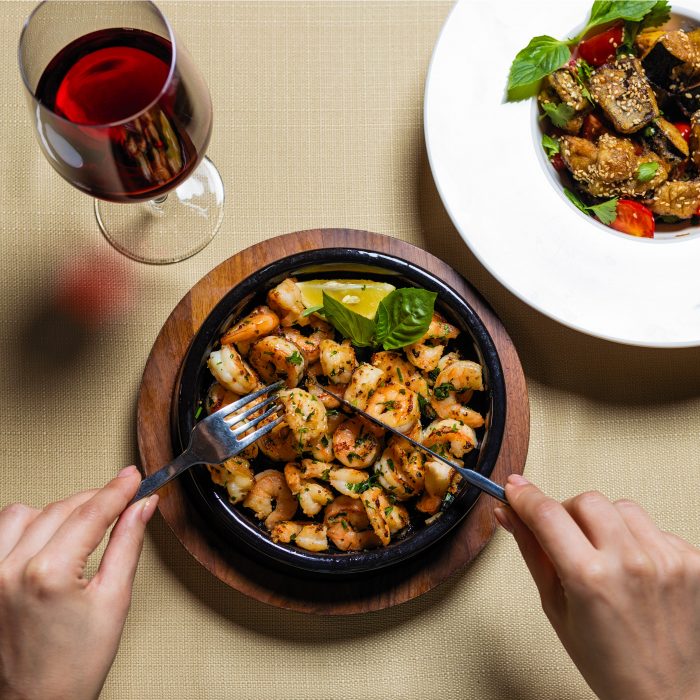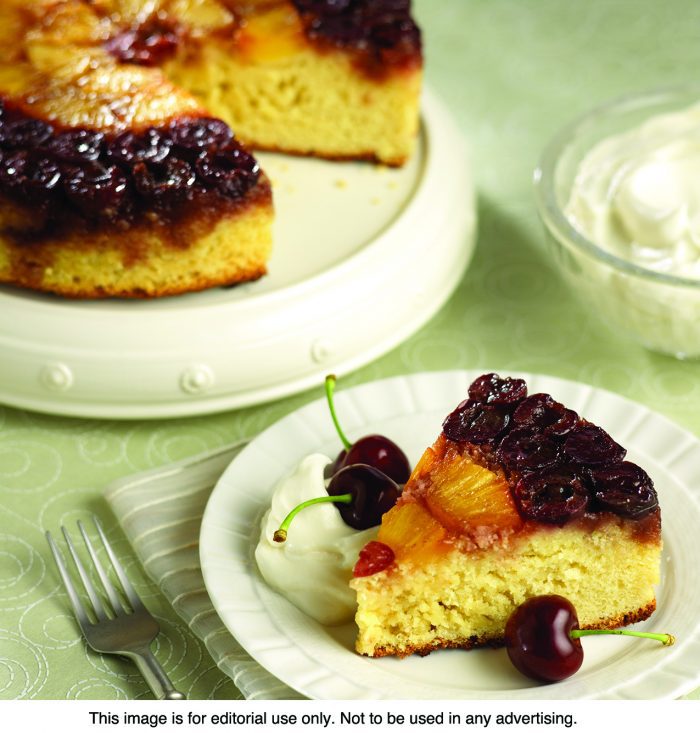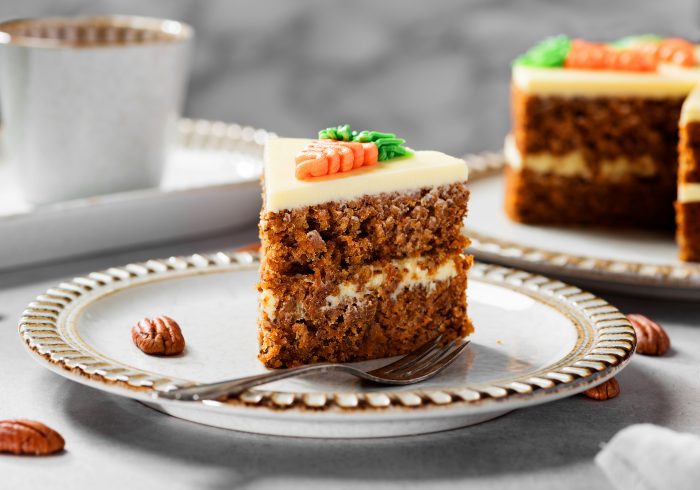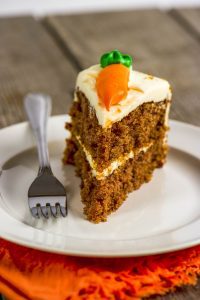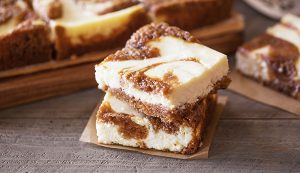By Heidi Sutton
You can almost feel spring in the air, and with the warmer weather comes delicious, delectable foods. From casseroles, tarts and omelets to fresh fruits and wholesome vegetables, a change of season offers something to look forward to for nearly every foodie.
Two spring dishes that are sure to impress for brunch are a Cheesy Asparagus Tart and Herbed Spanish Omelet. The tart has melted cheese, cooked asparagus and an under layer of puff pastry baked to golden brown perfection while the omelet features potatoes, fresh spring herbs and red onions.
Cheesy Asparagus Tart
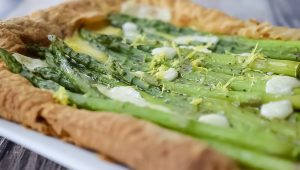
YIELD:Serves 8
INGREDIENTS:
5 cups water
1 pound asparagus
ice water
2 teaspoons vegetable oil
1/4 teaspoon salt, plus additional, to taste, divided
1/4 teaspoon pepper, plus additional, to taste, divided
flour, for dusting
1 sheet frozen puff pastry, thawed
1 cup grated fontina cheese
1 cup grated gruyere cheese
1 tablespoon shallot, minced
2 egg yolks
3 tablespoons milk
1/4 teaspoon nutmeg
1 lemon, zest only
DIRECTIONS:
Heat oven to 400 F. In large skillet, add water and asparagus. Cook 5-8 minutes until asparagus is bright green. Drain asparagus and soak in ice water. In large bowl, mix drained asparagus, vegetable oil, salt and pepper until combined. Flour surface area. Using rolling pin, roll out pastry to 10-by-16-inch rectangle. Transfer pastry to parchment-lined baking sheet. Prick pastry with fork. Bake about 12 minutes, or until golden brown. Cool slightly on baking sheet.
In large bowl, mix fontina cheese, gruyere cheese, shallot, egg yolks, milk, nutmeg and salt and pepper, to taste, until combined. Spread cheese over pastry, leaving 1 inch around edges. Lay asparagus over cheese mixture. Bake 5 minutes, or until cheese has melted. Sprinkle lemon zest over tart and serve.
Herbed Spanish Omelet
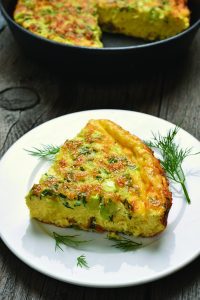
YIELD: Makes 4 servings
INGREDIENTS:
1 pound potatoes, peeled and diced
water
2 tablespoons extra-virgin olive oil
1/2 cup diced red onion
2 cloves garlic, minced
4 large whole eggs, lightly beaten
2 egg whites, lightly beaten
2 tablespoons finely chopped fresh parsley
2 tablespoons finely chopped fresh basil
2 tablespoons finely chopped fresh chives
salt, to taste (optional)
DIRECTIONS:
Place potatoes in large pan. Cover with water. Bring to boil and cook, uncovered, 3 minutes. Remove from heat. Cover and let stand about 10 minutes, or until potatoes are tender. Drain well. In deep, 10-inch nonstick skillet over medium heat, heat oil. Add onion and garlic. Cook about 8 minutes, stirring occasionally. Add potatoes and cook 5 minutes. Combine whole eggs and egg whites. Stir in parsley, basil and chives. Season with salt, to taste, if desired. Pour mixture over potatoes in hot skillet. Reduce heat and cook, uncovered, about 10 minutes, or until bottom of omelet is golden. If desired, brown top under toaster oven.

